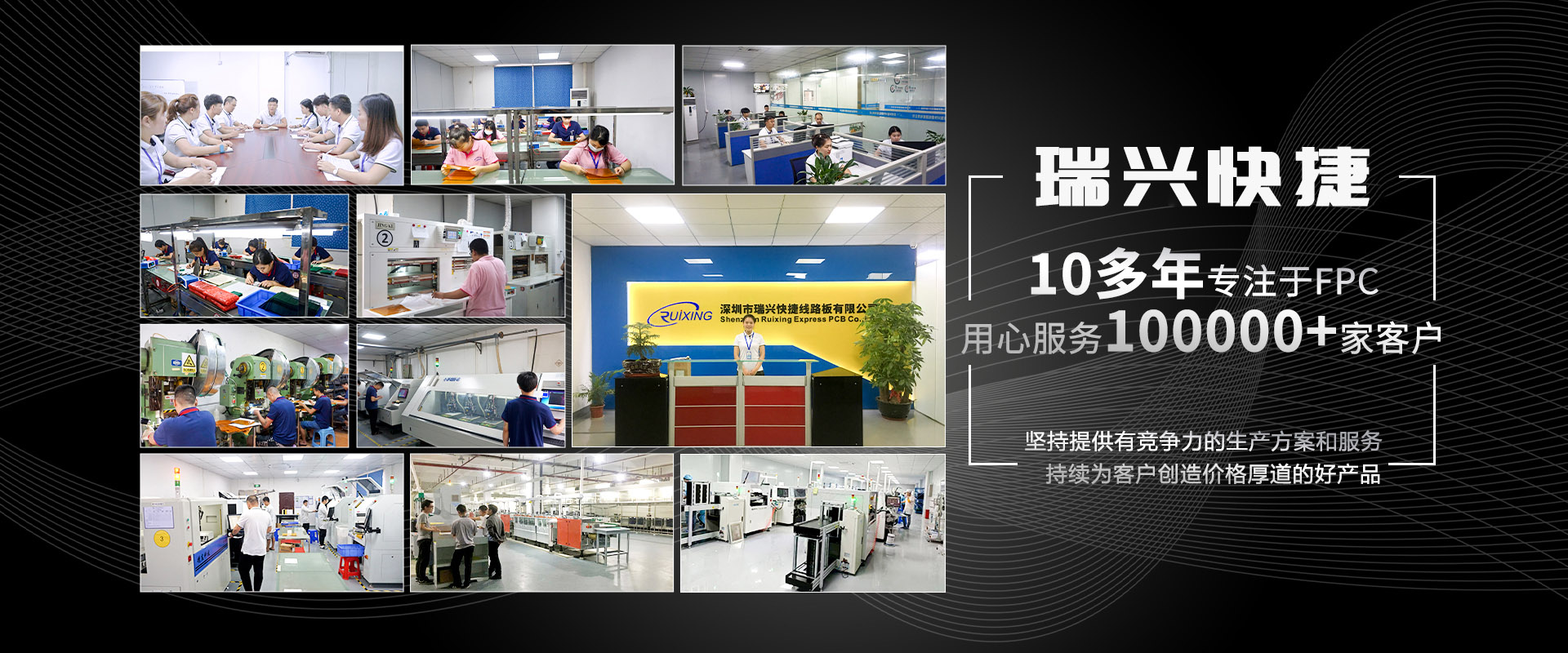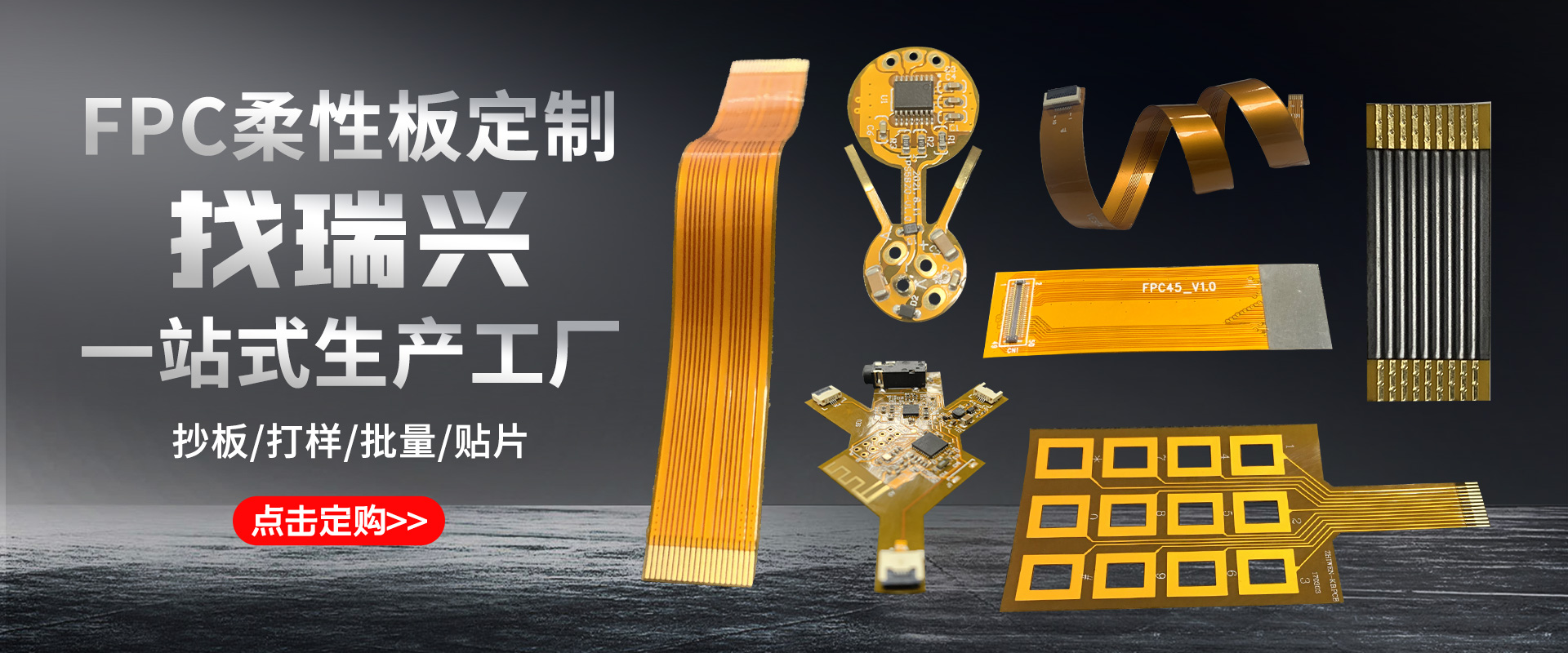
Introduction to FPC Soft Board Impedance Control Circuit
The FPC soft board impedance control circuit, also known as impedance strip, requires the use of impedance to control the excess current when the current passing through the circuit exceeds the maximum value that the circuit can withstand. This is the principle of impedance control. So how to control the value of the impedance line? Each aspect will affect the resistance value of the impedance line:
1. Different substrates result in different impedance values
The difference in substrate materials has a significant impact on soft boards. Each material has a different resistance value, and even the resistance value of each part of the same material will not be exactly the same, just like there are no two leaves in the world that are the same. The impedance circuit on the impedance board usually uses a substrate with good material stability. If a material with poor stability is used, it will cause significant changes in material resistance. Once the required impedance value is exceeded, the impedance line cannot be used to control the circuit.
2. Impedance changes due to different material thicknesses
This reason has many similarities with the reasons mentioned in the above materials.
3. Line width spacing
The difference in line width spacing between impedance lines can lead to changes in resistance values. Impedance lines are used as resistors, so the width of the line is the magnitude of the resistance value. What is the relationship between the distance between absorption lines? When current passes between lines, a magnetic field is generated, and the magnetic field can also generate current (generator principle, which is why shielding is necessary). At this time, the current will change, indirectly leading to inaccurate impedance control data.







